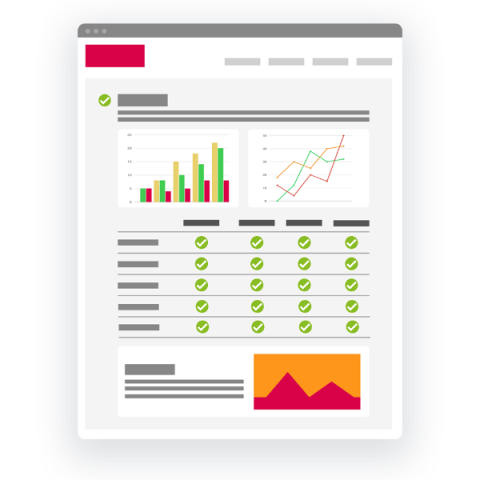Operations | Monitoring | ITSM | DevOps | Cloud
Incident Management
The latest News and Information on Incident Management, On-Call, Incident Response and related technologies.
DevOps Team Structure | Roles & Responsibilities
xMatters Notification Override Feature
StatusCast expands product offering with Incident Management for IT Platform
May 31, 2022 – Columbia, MD – StatusCast today announced the release of its IT Incident Management service, expanding its flagship offering from best-of-breed Status Page services to include the full incident management life-cycle. The new offering goes beyond standard status updates, allowing IT teams to respond faster and with more effectiveness when systems fail or go offline.
What's New: Updates to Incident Response, AIOps, Pagerduty Process Automation, and More!
Summit’s right around the corner (have you registered yet?) but the shipping doesn’t stop! We’re excited to announce a new set of updates and enhancements to PagerDuty’s Digital Operations Platform. Recent updates from the product team include On-Call Management, Incident Response, Process Automation, and Integrations, to PagerDuty Community & Advocacy Events. New capabilities enable users and customers to resolve incidents faster, do the following, and more.
Getting AWS CloudTrail alerts via SNS Endpoint
Simplifying SLO and Error Budget tracking for SRE teams
Service level objectives (SLOs), and the subsequent service level indicators (SLIs) are the foundation to establishing a strong SRE culture and how they promote accountability, trust and timely innovation. We are on a mission to simplify SLO and Error Budget tracking and with that aim in mind, we have added the SLO Tracker feature to the Squadcast platform. SLO Tracker seeks to provide a simple and effective way to keep track of your error budget burn rate without the hassle of configuring and aggregating multiple data sources.
5 Tips If You're the 1st SRE Hire by Instacart's First SRE
Site Reliability Engineers (SREs) have a considerable set of tasks to juggle no matter where they work or how long their company has had an SRE practice. But if you’re the very first SRE to join an organization – as many SREs are these days, given that the SRE trend is trickling down into smaller and smaller companies – you face a special group of challenges. You may find it difficult to get buy-in for SRE from other technical teams.
Simulated Incident Call Recording
Introducing Incident Types
We believe incident.io should be used across an organisation, from SRE teams to Customer Success and People Ops. Until now, the way you set up your incident response flows has relied on having one set of roles and fields for every incident, meaning you have to choose between having lots of irrelevant fields to cover every use-case, or not getting the full incident.io experience on some incidents. That’s changing today with incident types, conditional fields and roles!











